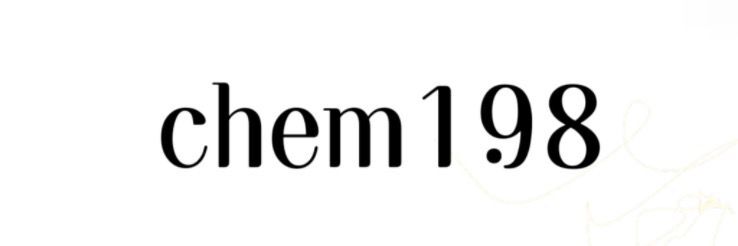Wear Resistant Liners vs. Traditional Liners: Which Lasts Longer?
When it comes to choosing the right liners for industrial applications, many people wonder about the differences in longevity between wear resistant liners and traditional liners. Which one holds up better over time? Let's break this down in a clear and informative way.
If you are looking for more details, kindly visit Wear Resistant Liners.
1. What Are Wear Resistant Liners?
Wear resistant liners are specialized materials designed to withstand significant wear and tear in environments that involve the movement of abrasive materials. They are often made from advanced composite materials or high-quality metals that provide enhanced durability when compared to standard liners.
2. What Are Traditional Liners?
Traditional liners, on the other hand, are generally made from more common materials, such as rubber or standard metals. While they can serve basic protection against wear, they typically do not offer the same level of resistance as wear resistant liners.
3. How Do Wear Resistant Liners Compare to Traditional Liners in Terms of Longevity?
In general, wear resistant liners tend to last significantly longer than traditional liners. Here’s why:
If you are looking for more details, kindly visit Flytoo.
3.1 Material Composition
- Advanced Materials: Wear resistant liners are crafted from materials that are specifically engineered to handle high-impact and abrasive conditions. This advanced composition makes them far superior in durability.
- Standard Materials: Traditional liners are made from more common materials which may degrade more quickly under harsh conditions.
3.2 Resistance to Abrasion
- High Abrasion Resistance: Most wear resistant liners are rated for higher abrasion resistance, meaning they maintain their integrity longer when exposed to rough materials.
- Lower Abrasion Resistance: Traditional liners may wear out more quickly when in contact with abrasive substances, leading to more frequent replacements.
3.3 Maintenance Requirements
- Lower Maintenance: Due to their long-lasting nature, wear resistant liners often require less maintenance over time, which can save both time and money.
- Frequent Maintenance: Traditional liners may require more frequent inspections and maintenance, leading to increased operational downtime.
4. Are There Any Drawbacks to Using Wear Resistant Liners?
While wear resistant liners offer increased durability, they can be more expensive upfront compared to traditional liners. However, considering the long-term savings in maintenance and replacement costs, many industries find wear resistant liners to be a more economical choice in the long run.
5. What Industries Benefit Most from Wear Resistant Liners?
Several industries can benefit significantly from using wear resistant liners, such as:
- Mining
- Construction
- Agriculture
- Food Processing
6. How Can You Choose the Right Liner for Your Needs?
When deciding between wear resistant liners and traditional liners, consider the following factors:
- The type of materials being handled.
- The environmental conditions that will affect wear.
- Your budget for upfront costs versus long-term expenditures.
In conclusion, while wear resistant liners can have a higher initial cost, their durability and longevity often make them a wiser choice compared to traditional liners, ultimately providing better performance and reducing total costs in the long term.
For more information, please visit Flytoo.
- Previous: None
- Next: 耐磨ライナーの選び方とおすすめ商品10選【品質とコストパフォーマンスを徹底比較】

